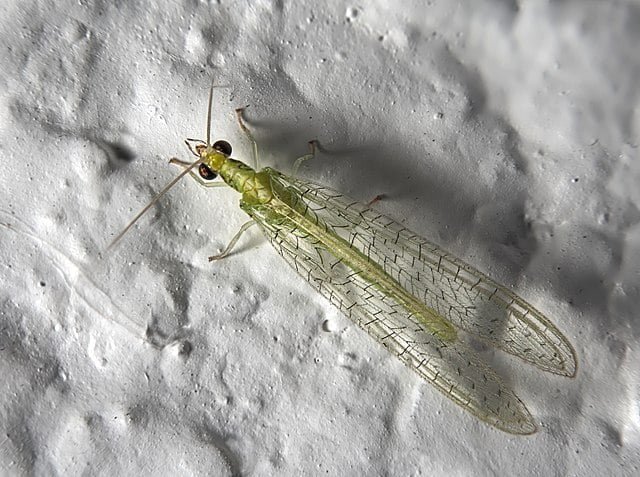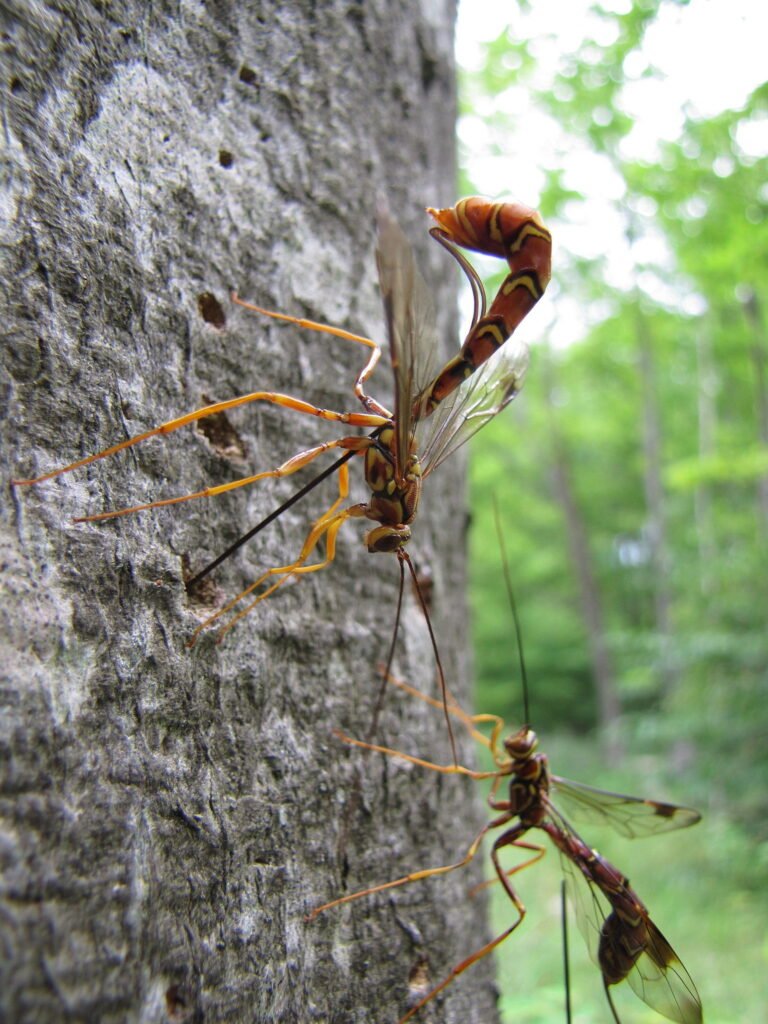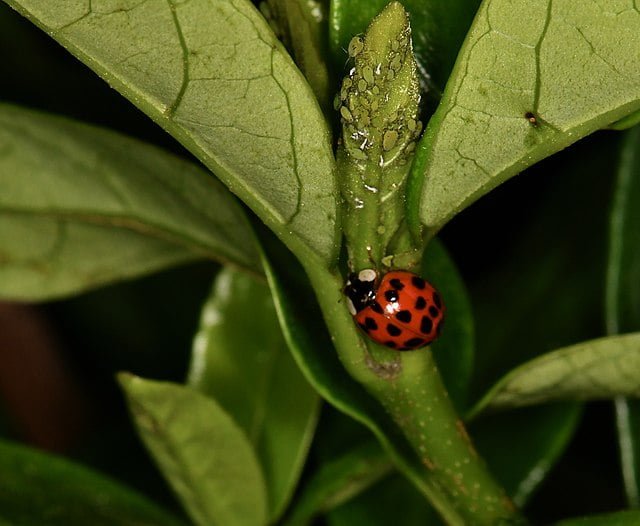Green Lacewings: Your Garden’s Best Friend
Hello, fellow garden lovers! Today, we are going to talk about one of the unsung heroes of pest control – the green lacewing. Green lacewings are a secret weapon every gardener should have in their arsenal to maintain a healthy, vibrant garden.
What are Green Lacewings?
Green lacewings (Chrysoperla rufilabris) are delicate insects with a wingspan of up to an inch, bright green bodies, golden eyes, and two pairs of clear, veined wings. These creatures are nocturnal, so you’re more likely to see them flying around your garden in the evening. The larvae are the real superstars for gardeners as they have a voracious appetite for pests.
Why are They Beneficial for Your Garden?
The larvae of green lacewings, often known as “aphid lions” for their voracious appetite, are excellent predators and can consume a large number of garden pests. Aphids, mites, whiteflies, thrips, and small caterpillars are all on their menu, making them an excellent natural form of pest control. They can eat as many as 60 aphids an hour! Adult lacewings, while they primarily feed on nectar and pollen, also consume honeydew, a sugary waste produced by aphids, thus reducing ant attraction.
How to Attract Green Lacewings to Your Garden?
Creating a welcoming environment for green lacewings is an effective way to ensure they visit and stay in your garden. Here are some tips:
- Plant Nectar and Pollen-rich Plants: Adults feed on nectar and pollen, so plant flowering herbs and shrubs like dill, fennel, angelica, goldenrod, or cosmos to attract them.
- Provide a Water Source: Like many beneficial insects, lacewings need water. Consider adding a shallow water dish or a birdbath in your garden.
- Avoid Using Broad-spectrum Pesticides: These kill beneficial insects along with pests. Opt for organic or targeted treatments if you must use a pesticide.
- Buy and Release Lacewing Larvae: If your pest problem is significant, consider purchasing lacewing larvae from a reputable supplier. Release them at dusk (when they’re less likely to fly away) near the infested plants, and let them get to work!
Green Lacewings and Pest Management
If you’re interested in integrated pest management (IPM), green lacewings are an excellent addition to your toolkit. IPM focuses on long-term prevention of pests through a combination of techniques such as biological control, habitat manipulation, and modification of cultural practices.
In conclusion, green lacewings are a fantastic asset in the natural pest control arsenal. By creating a hospitable environment for these beneficial insects, you can help protect your garden from harmful pests in a natural, sustainable way. Happy gardening!




